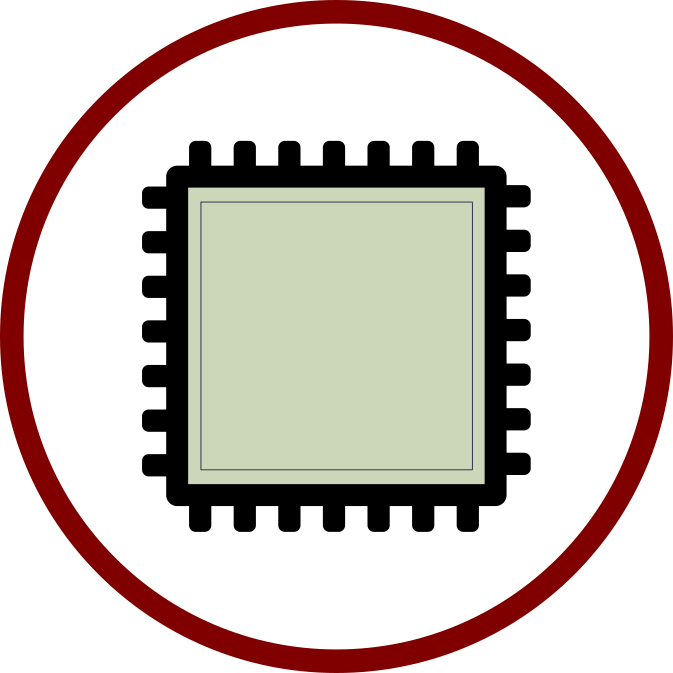Okay, so what now?
For starters, you should know that LabVIEW 2020 FPGA uses Vivado 2019.1.
And we are going to start with the currently available version/mode – IP Export to Netlist. (The Source Code option requires you to email them to get it unlocked)
What does this mean? It means that you can only use this utility on FPGAs that are in the Xilinx 7 Series or above. This means:
- Virtex-7
- Kintex-7
- Kintex-Ultrascale
- Zynq-7000
Artix-7(I do not know of any National Instruments boards that use this family)
See AR#53109 on Xilinx.com:
https://www.xilinx.com/support/answers/53109.html
After installing this utility, you can find the manual here:
C:\Program Files (x86)\National Instruments\LabVIEW 2020\manuals\LabVIEW FPGA IP Export Utility\FPGA_IP_Export_Getting_Started.pdf
And a working example in the ‘Example’ sub-directory:
C:\Program Files (x86)\National Instruments\LabVIEW 2020\manuals\LabVIEW FPGA IP Export Utility\Example
One important thing to remember – ACTIVE HIGH!
When you are importing this into your existing Vivado project remember that the reset and enable ports are both set to Active High.
And this is from the manual, you cannot use the following features:
- DMA FIFO
- Peer-to-Peer (P2P) FIFO
- DRAM Memory
- I/O nodes
- Interrupt
- User-Defined Variables
It kind of makes sense, because the features above are board specific…
Anyway, I will now look into hardware to use for the ideal trading system. But note, with this feature, LabVIEW FPGA can be used for things such a crypto mining (if any of it is actually profitable anymore), bio-informatics, protein folding (is that the same as bio-informatics?), SETI@Home (Is this still operational?), and anything else that has an FPGA in it…
